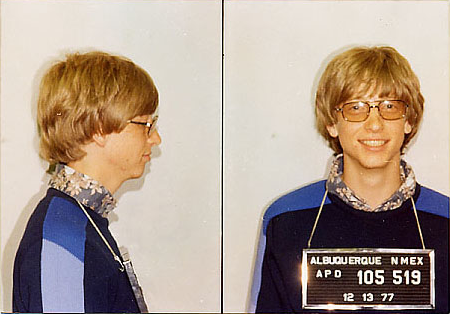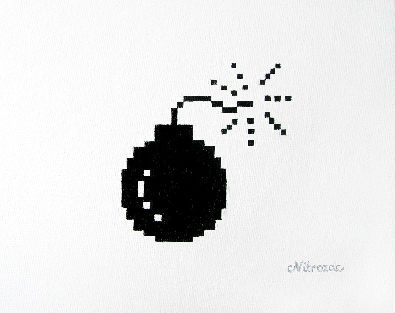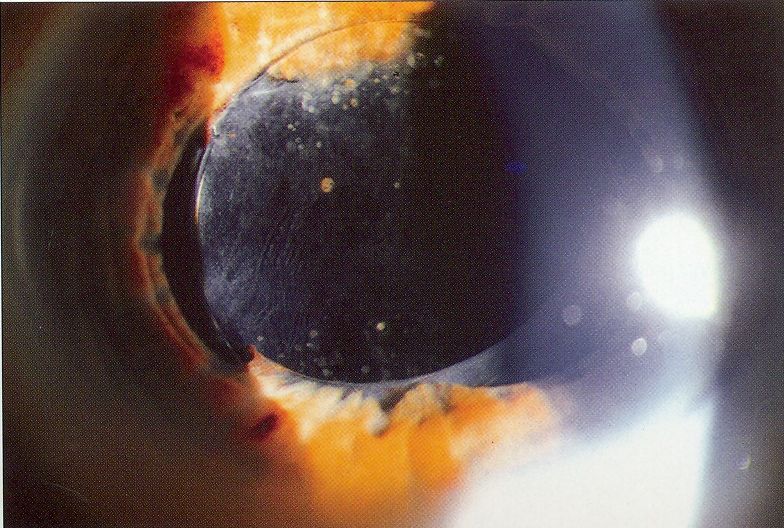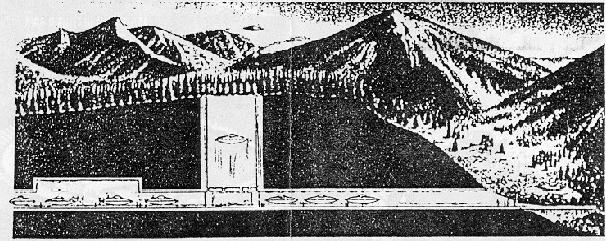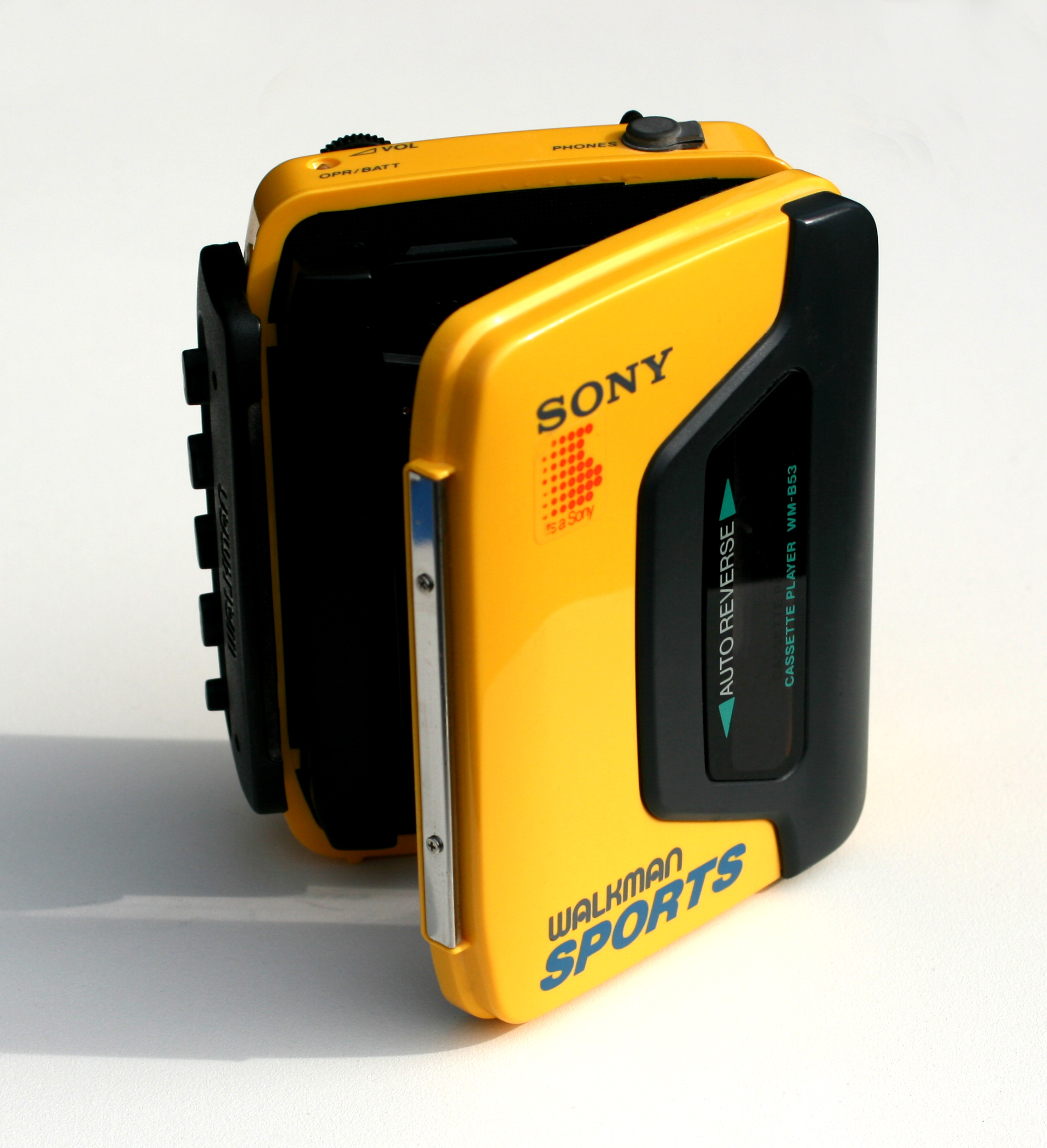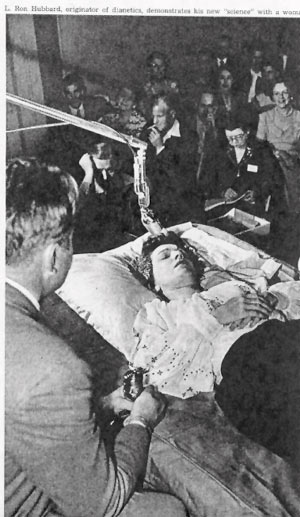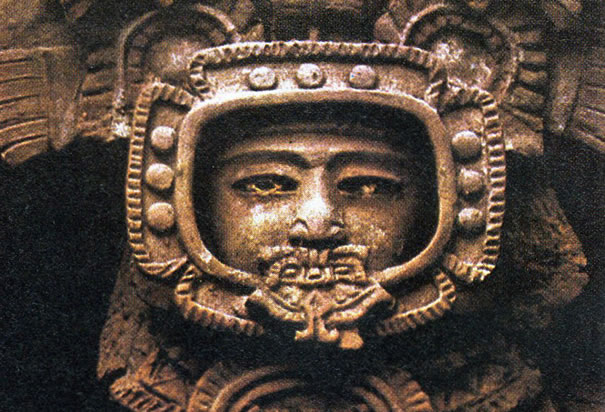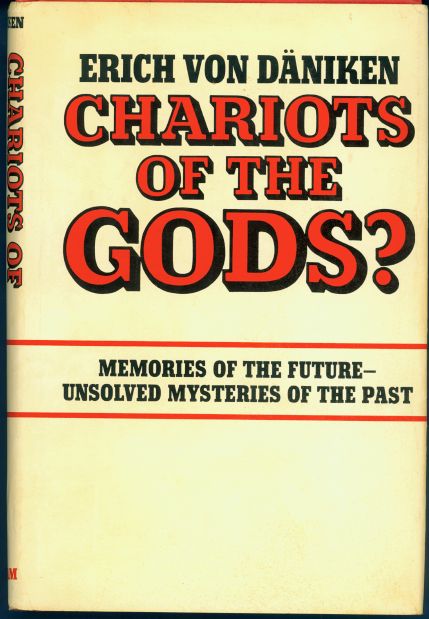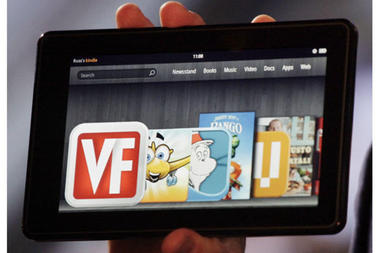In his speech, “Libraries: Where It All Went Wrong,” Nat Torkington (not to be confused with Karl Pilkington) draws a parallel between how book-lending facilities were destabilized by the Internet in much the same way Microsoft was. I think Bill Gates had more of an idea of the Internet’s potential power than Torkington gives him credit for, but it’s still an interesting speech. An excerpt:
“Bill Gates wrote a bestseller in 1995. He was on a roll: Microsoft Windows had finally crushed its old foe the Macintosh computer from Apple, Microsoft was minting money hand over fist, and he was hugely respected in the industry he had helped start. He roped in other big brains from Microsoft to write a book to answer the question, ‘what next?’ The Road Ahead talked about the implications of everyone having a computer and how they would use the great Information Superhighway that was going to happen.
The World Wide Web appears in the index to The Road Ahead precisely four times. Bill Gates didn’t think the Internet would be big. The Information Superhighway of Gates’s fantasies would have more structure than the Internet, be better controlled than the Internet, in short it would be more the sort of thing that a company like Microsoft would make.
Bill Gates and Microsoft were caught flat-footed by the take-up of the Internet. They had built an incredibly profitable and strong company which treated computers as disconnected islands: Microsoft software ran on the computers, but didn’t help connect them. Gates and Microsoft soon realized the Internet was here to stay and rushed to fix Windows to deal with it, but they never made up for that initial wrong-footing.
At least part of the reason for this was because they had this fantastic cash cow in Windows, the island software. They were victims of what Clayton Christenson calls the Innovator’s Dilemma: they couldn’t think past their own successes to build the next big thing, the thing that’d eat their lunch. They still haven’t got there: Bing, their rival to Google, has eaten $5.5B since 2009 and it isn’t profitable yet.” (Thanks Browser.)
••••••••••
Bill Gates enters the world of Doom, 1995:

